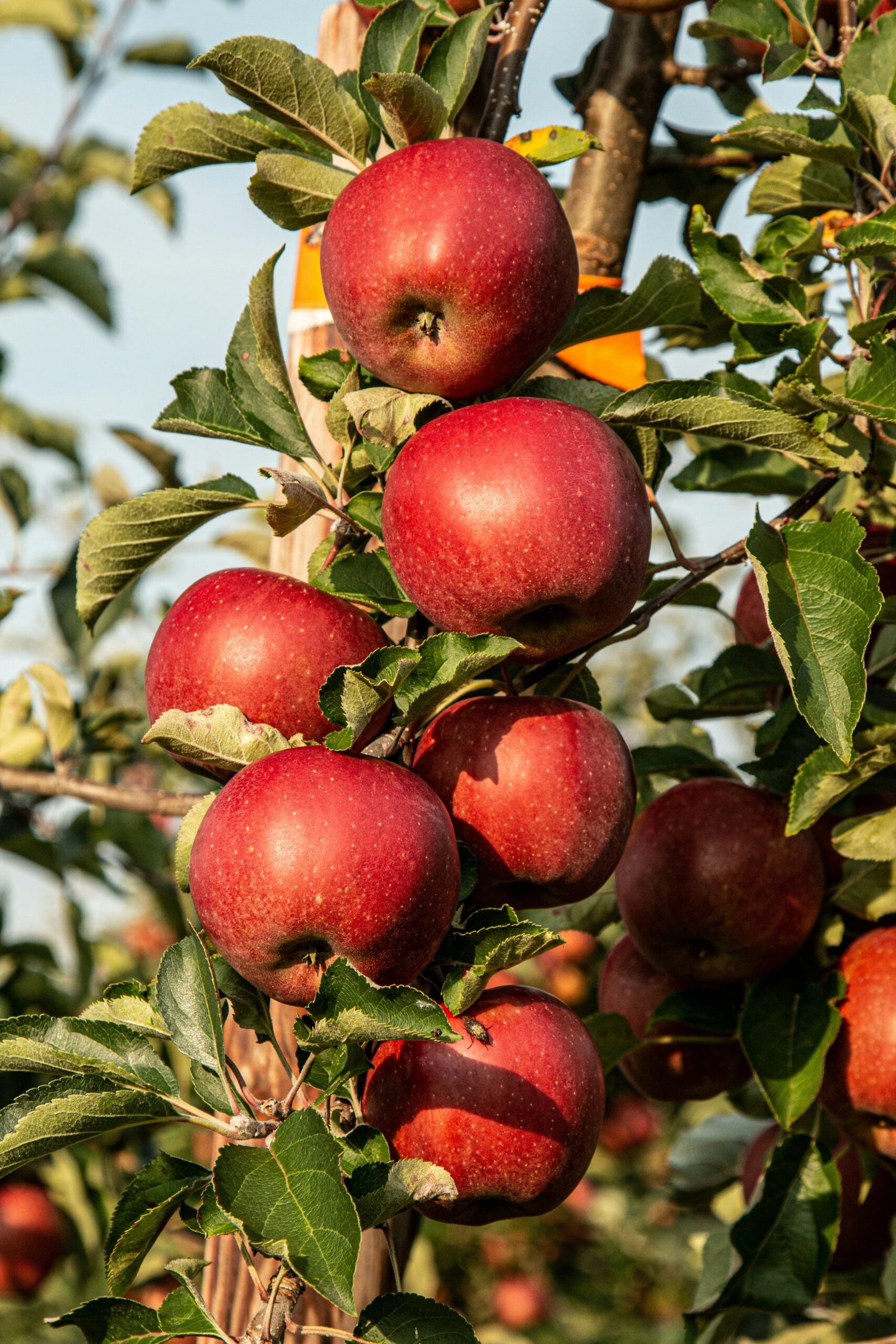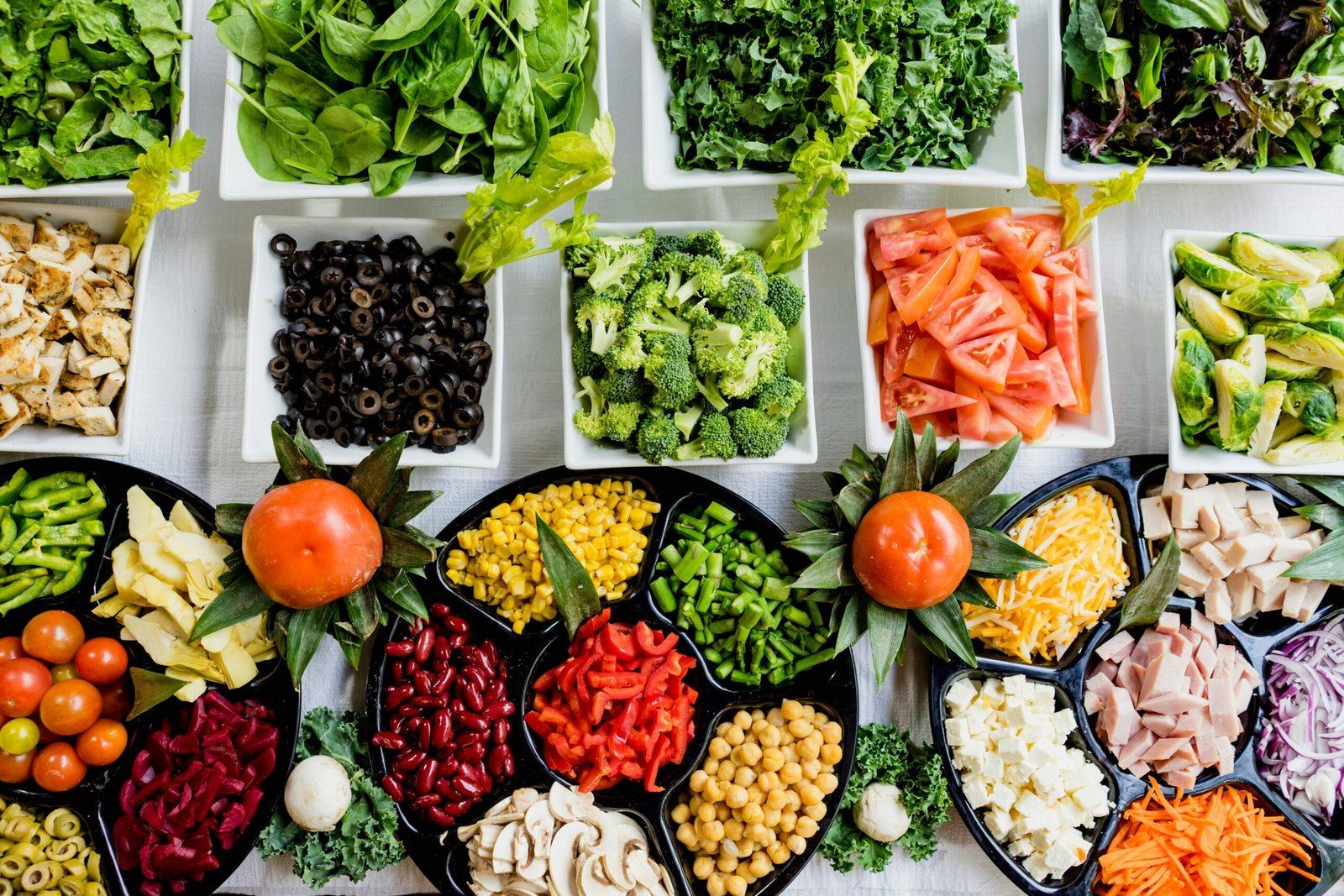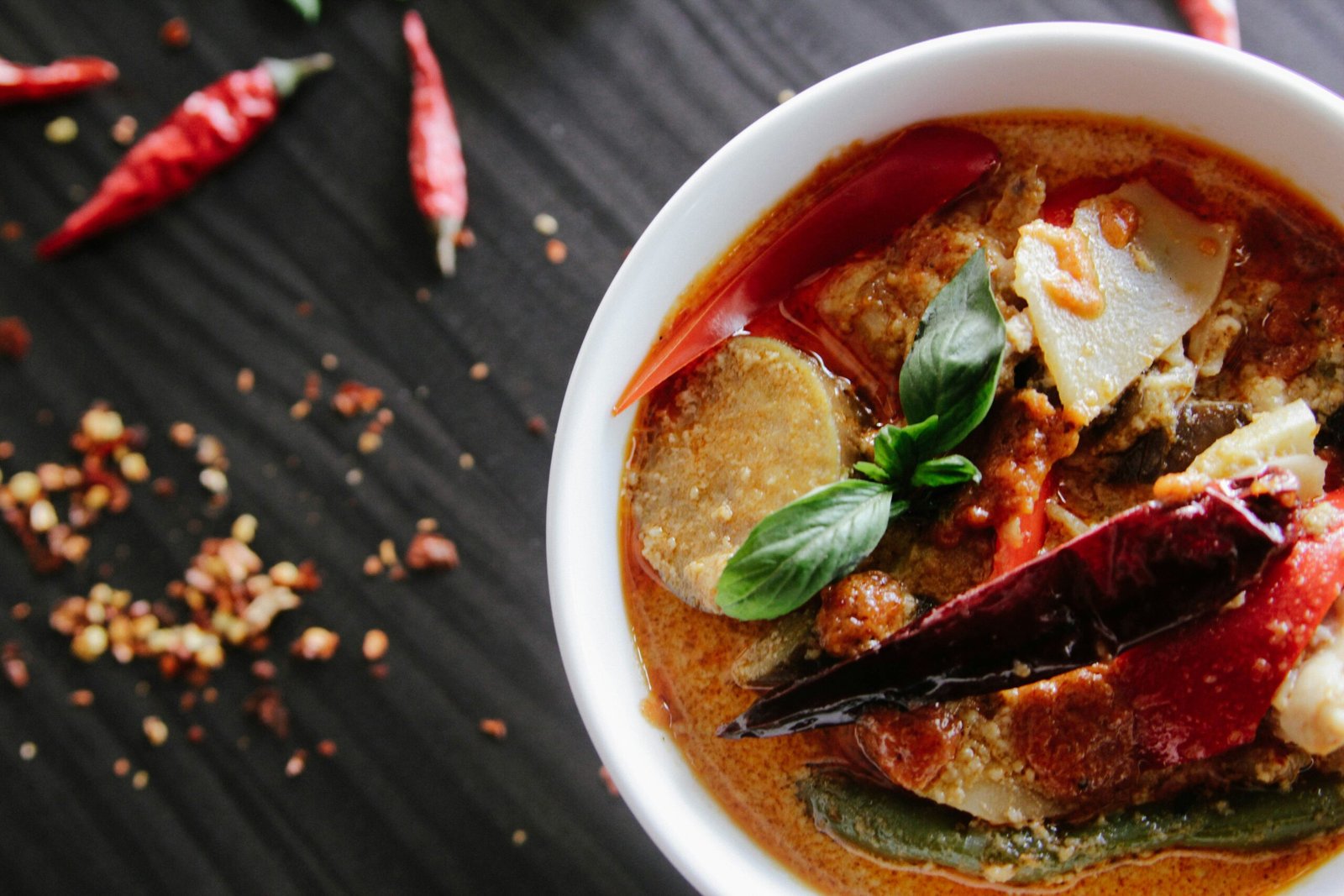 Japanese cuisine is renowned for its attention to detail and the use of fresh, seasonal ingredients. Butajiru, also known as pork miso soup, is a classic Japanese dish that showcases these culinary principles. Made with tender slices of pork, vegetables, and a rich miso broth, Butajiru is a comforting and hearty soup that is perfect for colder days. The miso paste adds a deep umami flavor to the soup, while the vegetables provide a refreshing crunch. This dish is often served with a side of steamed rice and pickled vegetables, creating a well-balanced and satisfying meal.
Japanese cuisine is renowned for its attention to detail and the use of fresh, seasonal ingredients. Butajiru, also known as pork miso soup, is a classic Japanese dish that showcases these culinary principles. Made with tender slices of pork, vegetables, and a rich miso broth, Butajiru is a comforting and hearty soup that is perfect for colder days. The miso paste adds a deep umami flavor to the soup, while the vegetables provide a refreshing crunch. This dish is often served with a side of steamed rice and pickled vegetables, creating a well-balanced and satisfying meal.
Chankonabe, on the other hand, is a stew that is popular among sumo wrestlers in Japan. This hearty dish is packed with protein and is designed to provide the wrestlers with the necessary energy and nutrients they need to maintain their strength and size. Chankonabe typically includes a variety of ingredients such as chicken, fish, tofu, and an assortment of vegetables. The stew is simmered slowly to allow the flavors to meld together, resulting in a rich and flavorful broth. Chankonabe is often enjoyed with a side of rice and is perfect for those looking for a hearty and filling meal.
Cream Stew, or kurimu sutee, is a Western-inspired soup that has become a staple in Japanese households. This creamy and comforting stew is made with a velvety white sauce that is flavored with chicken or vegetable broth. The sauce is then combined with a medley of vegetables such as carrots, potatoes, and onions, as well as bite-sized pieces of chicken or pork. The stew is simmered until the vegetables are tender and the flavors have melded together. Cream Stew is often served with a side of crusty bread or rice, making it a complete and satisfying meal.
Egg Drop Soup, or tamagokake gohan, is a simple yet delicious soup that is often enjoyed for breakfast in Japan. This light and nourishing soup is made by whisking together a raw egg with soy sauce and pouring it over a bowl of hot rice. The heat from the rice gently cooks the egg, creating a silky and creamy texture. The addition of soy sauce adds a savory and umami flavor to the soup, making it a comforting and satisfying way to start the day.
In conclusion, Japanese cuisine offers a wide variety of soups and stews that are as diverse as they are delicious. Whether you’re craving a comforting bowl of Butajiru, a hearty serving of Chankonabe, a creamy and indulgent Cream Stew, or a simple yet satisfying Egg Drop Soup, there is something for everyone to enjoy. These dishes not only showcase the culinary traditions of Japan but also provide a glimpse into the rich and diverse flavors that make Japanese cuisine so unique and beloved around the world. So why not venture beyond sushi and ramen and explore the delightful world of Japanese soups and stews? You won’t be disappointed.
1. Butajiru: A Hearty Pork Soup
Butajiru, also known as Tonjiru, is a hearty soup that features pork as its main ingredient. This soup is a popular comfort food in Japan, especially during the colder months. The base of Butajiru is made with miso, a traditional Japanese seasoning made from fermented soybeans. The miso gives the soup a rich and savory flavor.
In addition to pork, Butajiru typically includes a variety of vegetables such as daikon radish, carrots, and potatoes. These vegetables add a touch of sweetness and texture to the soup. Some variations of Butajiru also include tofu and mushrooms, further enhancing the depth of flavors.
Butajiru is often enjoyed with a bowl of steamed rice, making it a satisfying and complete meal. It is a dish that brings warmth and comfort to those who indulge in its flavors.
The preparation of Butajiru involves simmering the pork and vegetables in a flavorful broth. The pork is usually sliced thinly and marinated in soy sauce and mirin before being added to the soup. This step helps to tenderize the meat and infuse it with additional flavor.
The vegetables are then added to the broth, along with the miso paste. The miso paste is dissolved in a small amount of the broth before being added to the pot, ensuring that it is evenly distributed throughout the soup. This step is crucial as miso has a strong flavor and can easily overpower the other ingredients if not properly incorporated.
Once all the ingredients are in the pot, the soup is simmered until the pork is tender and the vegetables are cooked through. The result is a comforting and nourishing soup that is perfect for warming up on a cold day.
In Japan, Butajiru is often enjoyed as a main dish for lunch or dinner. It is commonly served in traditional Japanese bowls alongside a bowl of steamed rice. The combination of the hearty soup and the fluffy rice creates a satisfying and balanced meal.
Butajiru is not only delicious but also nutritious. It is packed with protein from the pork and tofu, as well as vitamins and minerals from the vegetables. The miso paste used in the soup is also known for its probiotic properties, which can help support a healthy digestive system.
Overall, Butajiru is a beloved dish in Japan that brings together the flavors of pork, vegetables, and miso in a comforting and satisfying soup. Whether enjoyed on a chilly winter day or any time of the year, Butajiru is sure to warm both the body and the soul.
Chankonabe is not only a nourishing stew but also a cultural symbol of the sumo wrestling world. This traditional dish is not only consumed by sumo wrestlers to gain weight and build muscle, but it is also a way for them to bond and strengthen their camaraderie. In fact, chankonabe is often cooked and shared among the sumo stablemates and their trainers.
The process of making chankonabe is as important as the ingredients themselves. Sumo wrestlers take great pride in preparing this stew, often involving elaborate rituals and techniques. The ingredients are carefully selected and meticulously prepared to ensure the utmost flavor and nutrition.
Chicken is a common protein used in chankonabe, as it provides a good source of lean meat. Fish, such as salmon or mackerel, is also commonly added to the stew, providing omega-3 fatty acids and a distinct flavor. Tofu, another staple ingredient, adds a vegetarian option and is a great source of plant-based protein. The assortment of vegetables, which can include cabbage, carrots, daikon radish, and mushrooms, adds color, texture, and a variety of nutrients to the stew.
The broth of chankonabe is what truly brings all the ingredients together. Soy sauce and mirin are the key flavorings, providing a savory and slightly sweet taste. These ingredients infuse the stew with a rich umami flavor that is synonymous with Japanese cuisine.
While chankonabe is traditionally enjoyed by sumo wrestlers, it has gained popularity among food enthusiasts and health-conscious individuals. Its customizable nature allows people to adapt the stew to their own preferences and dietary needs. For example, those following a vegetarian or vegan diet can easily omit the meat and fish and focus on the abundance of vegetables and tofu.
In recent years, chankonabe has even found its way into restaurants and home kitchens outside of Japan. It has become a sought-after dish for those looking to experience the unique flavors and cultural significance of sumo wrestling. Whether you are a sumo wrestler or simply a food lover, chankonabe is a stew that offers both nourishment and a taste of tradition.
3. Cream Stew: A Western Twist on Japanese Cuisine
Cream Stew, or Kurīmu Shichū, is a dish that showcases the influence of Western cuisine on Japanese cooking. It is a creamy and comforting soup that is loved by people of all ages in Japan.
The base of Cream Stew is made with a roux, which is a mixture of butter and flour. This creates a thick and creamy texture. The stew is then filled with a medley of vegetables such as potatoes, carrots, and onions. Chicken or seafood can also be added for extra flavor.
Cream Stew is often served with a side of rice or bread, making it a satisfying meal on its own. It is a popular choice for lunch or dinner, especially during the colder months.
The origins of Cream Stew can be traced back to the late 19th century when Western cooking techniques and ingredients started to influence Japanese cuisine. The dish was initially introduced by Western expatriates living in Japan, who brought along their recipes and culinary traditions.
Over time, Cream Stew has become a staple in Japanese households and is now considered a classic comfort food. It is often enjoyed during family gatherings or as a quick and easy meal option. The creamy and rich flavors of the stew, combined with the hearty vegetables, create a satisfying and wholesome dish.
One of the reasons why Cream Stew has gained popularity is its versatility. The recipe can be easily adapted to suit individual preferences and dietary restrictions. For example, vegetarians can omit the chicken or seafood and add tofu or mushrooms instead. The stew can also be customized with different spices and herbs to enhance the flavors.
Another interesting aspect of Cream Stew is its ability to bring people together. The dish is often shared and enjoyed in a communal setting, fostering a sense of togetherness and warmth. It has become a symbol of comfort and nourishment in Japanese culture.
Whether it’s a chilly winter evening or a casual get-together with friends, Cream Stew is a dish that never fails to satisfy. Its creamy and flavorful nature, combined with its rich history, makes it a beloved part of Japanese cuisine.
Egg Drop Soup is not only popular in Japanese cuisine but also in many other Asian countries. In China, it is known as “Egg Flower Soup” or “Dan Hua Tang,” while in Korea, it is called “Gyeran Guk.” Despite the slight variations in preparation and ingredients, the essence of the soup remains the same – a warm and comforting dish that is both satisfying and nourishing.
One of the reasons why Egg Drop Soup is so beloved is its simplicity. With just a handful of ingredients, it can be easily prepared at home, even by novice cooks. The key is to use high-quality ingredients to ensure a flavorful result. The dashi, for example, can be made from scratch using dried kelp and bonito flakes, or it can be conveniently purchased as a powder or liquid concentrate from Asian grocery stores.
To elevate the flavors of the soup, additional ingredients can be added. Some popular choices include mushrooms, tofu, scallions, and even meat such as chicken or shrimp. These additions not only provide extra texture but also enhance the overall taste profile of the soup.
The process of making Egg Drop Soup is relatively quick and straightforward. The dashi is first prepared by simmering the kombu and bonito flakes in water, extracting their flavors. Once the stock is ready, it is seasoned with soy sauce and mirin, which adds depth and a hint of sweetness. The beaten eggs are then slowly poured into the simmering soup, creating thin strands of cooked egg that float beautifully in the broth.
The result is a soup that is not only visually appealing but also incredibly delicious. The silky texture of the eggs combined with the savory broth creates a harmonious balance of flavors. Each spoonful is a delightful combination of umami, warmth, and comfort.
Egg Drop Soup is often enjoyed as a starter, particularly in Asian restaurants. Its lightness and simplicity make it a perfect appetizer to whet the appetite before the main course. However, it can also be enjoyed as a standalone meal, especially on days when you crave something light yet satisfying.
In addition to its taste, Egg Drop Soup also offers several health benefits. The eggs provide a good source of protein, while the dashi adds essential minerals such as iodine and calcium. The soup is low in calories and fat, making it a nutritious option for those looking to maintain a balanced diet.
Overall, Egg Drop Soup is a simple and flavorful delight that has stood the test of time. Whether you are a fan of Japanese cuisine or simply looking for a comforting dish to warm your soul, this soup is a must-try. So grab a bowl, savor the delicate strands of egg, and let the comforting flavors transport you to a world of culinary bliss.







